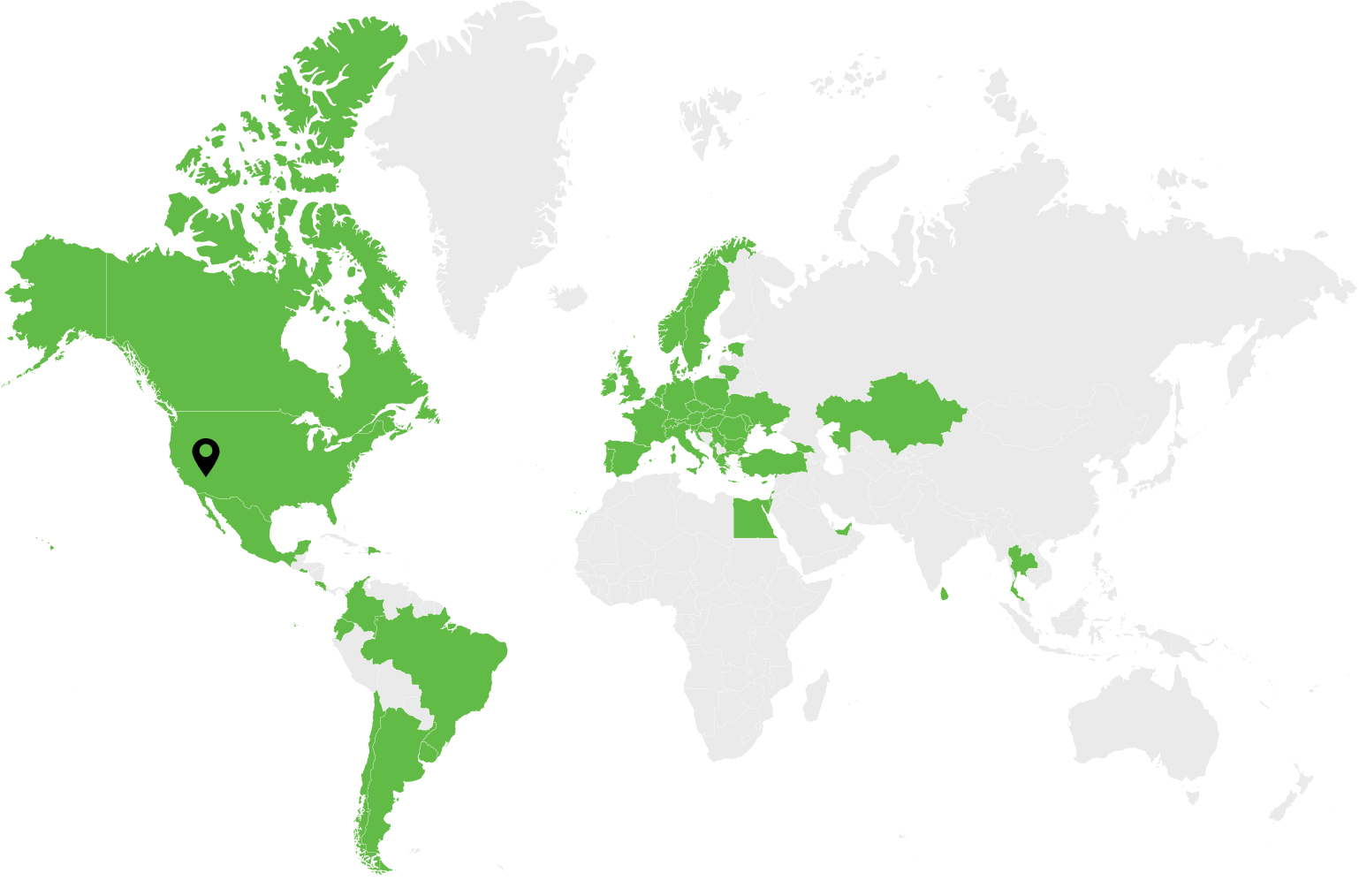Especially if you are heavily invested in a legacy system, a full cloud migration can seem like a daunting task.
The hard truth is that a continued reliance on legacy, fragmented systems puts your organization at far more risk than a cloud migration would. In fact, organizations that rely on fragmented solutions react 55% slower to security incidents than those operating in a unified environment.
By working with an SDLC outsourcing or outstaffing firm, you can meet cloud migration goals without breaking the bank or interrupting service.
Why Fragmented IT Solutions Hinder Growth
From healthcare to hospitality, today’s businesses face a precarious balance. On the one hand, tech-savvy customers demand convenience and personalization with every touchpoint. On the other hand, sophisticated cybercriminals work tirelessly to penetrate networks.
When you rely on a legacy platform and attempt to keep up with digital transformation initiatives, you often wind up with a patchwork of solutions. As this disjointed “franken-network” evolves and grows, it compounds risk with increasing technical debt.
A cloud-native architecture is the most surefire way to meet the demands of the modern businessworld, while also future-proofing your organization.
Follow a Phased Cloud Migration Plan
While unifying solutions in the cloud has obvious benefits, many organizations delay the move due to concerns about expensive, time-consuming migrations that disrupt user experiences. However, by following a phased migration plan and working with an outsourcing partner, cloud migrations can be seamless and smooth.
Phase 1: Legacy System Audit
The most logical starting point for a cloud migration is a thorough audit of your legacy system. The idea is to take stock of current software, hardware, and data sources, while assessing how everything connects. If you aren’t sure where to begin, a skilled outsourcing partner can tell you exactly what must be preserved, upgraded, or retired.
Phase 2: Planning & Architecture
Once you know what you have, it’s time to design a cloud environment that accounts for your technical requirements, operating budget, and scalability initiatives. This could be a public, private, or hybrid cloud solution.
If you have any knowledge gaps, your outsourcing partner can guide you on how key tools like monitoring, configuration, and security should be managed. Similarly, they will help lay out your availability zones, regions, and infrastructure to match how your business runs.
Phase 3: Development & Integration
With a strong plan in place, you can start building out the initial environment and validating your migration approach.
At Dev.Pro, we recommend starting by moving a low-risk, standalone service like an internal reporting tool. This simplified approach will ensure your tools, configurations, and processes work as expected. Next, create a detailed migration playbook that focuses on systems with dependencies while baking in solid QA testing and security practices.
Phase 4: Deployment & Migration
Once you’ve accounted for possible challenges and roadblocks, it’s time to dive into deployment and migration.
The Dev.Pro cloud development team strongly recommends a phased rollout that uses infrastructure as code (IaC) to ensure deployments are consistent and easy to repeat. After that, set up CI/CD pipelines to automate testing and safely deliver changes.
Integrating IAM, encryption, and security scans directly into your workflows will greatly strengthen your security posture. If you don’t have cybersecurity experts on hand, an outsourcing partner can bring essential knowledge to the table, often backed by certifications like CISSP, CISM, or CompTIA Security+.
Phase 5: Maintenance & Upgrades
With your applications and tools successfully running in a cloud environment, it’s time to fine-tune your setup to get the best performance. At this juncture, it’s wise to add features like autoscaling, fault tolerance, and disaster recovery to make your systems more resilient.
At Dev.Pro, we encourage our clients to develop applications that are easy to scale and maintain. As such, you’re well-advised to refactor apps with cloud-native tools such as microservices, containers, and serverless technologies. Since futureproofing is a key benefit of cloud deployment, these extra steps align nicely with this ethos.
Phase 6: Post-Migration Optimization
The final piece of the puzzle is to maximize the value of your cloud investment through training, documentation, and governance. To remain compliant and reduce risk, you should provide team members with updated runbooks and policies.
After a while, review KPIs, costs, and performance to highlight successful areas and those that need improvement.
Summary
It’s estimated that by 2028, organizations will spend upwards of $1.6 trillion on cloud solutions annually. With rising customer expectations and an ever-increasing threat landscape, the cloud is an obvious solution to some of our biggest challenges.
Benefits aside, a full cloud migration can seem like a daunting proposal if you’re heavily invested in legacy systems. Yet, studies show that a continued reliance on fragmented legacy systems puts your organization at far more risk than a migration.
If knowledge gaps are hindering your decision to finally migrate to the cloud, working with a skilled outsourcing or outstaffing firm like Dev.Pro is a great solution.
Launch Your Cloud Journey with Dev.Pro
Partner with Dev.Pro to plan your cloud migration, optimize costs, and build the right architecture from day one. Contact us today!

